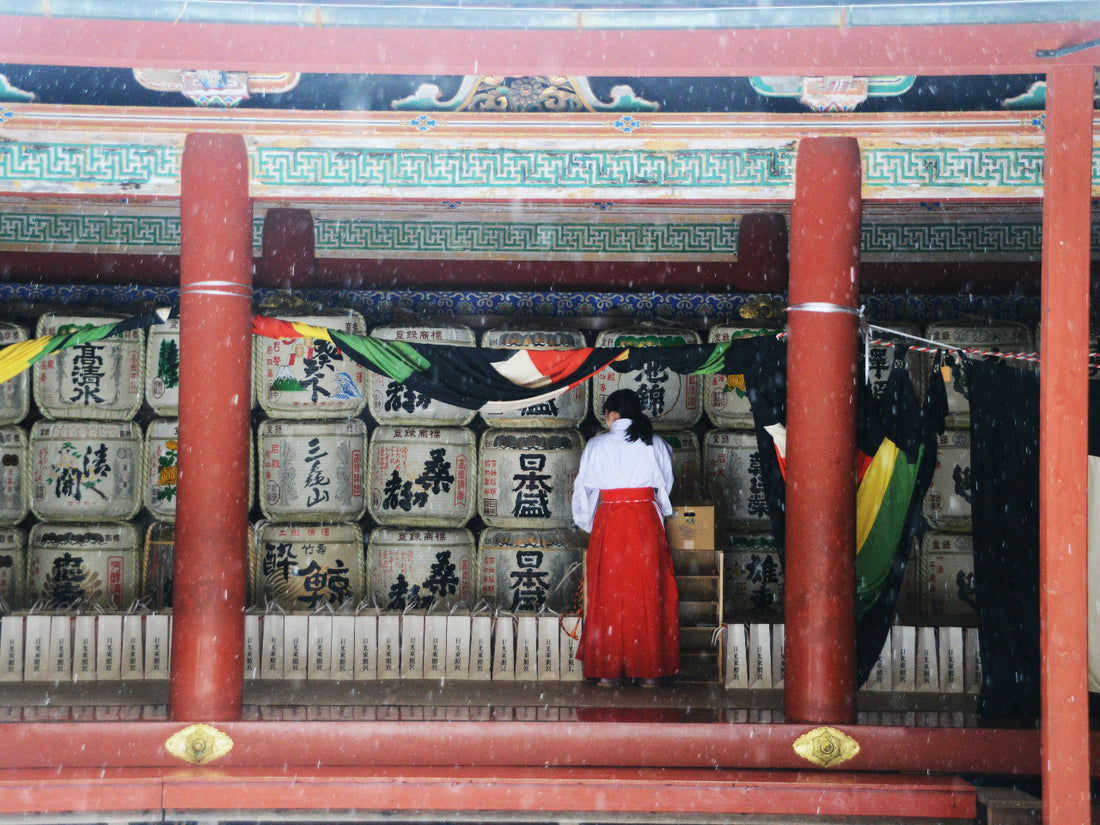Miko is a term used in Shintoism to refer to young women who work at Shinto shrines in Japan as shrine maidens. They undergo a comprehensive and multifaceted training program in order to prepare them for their roles as shrine maidens. They play an important role in preserving the traditions and culture of Shinto, which is Japan's indigenous religion.
What is Miko?

The role of miko has been present in Japan for many centuries and is rooted in the belief that young women have a special spiritual purity that allows them to serve the kami (gods) of the shrine. Miko are believed to be messengers between the human world and the divine realm.
Miko training can be quite intensive and demanding, requiring many hours of practice and study each day. Some miko may live in dormitories or other communal living arrangements while they train. The training period can last anywhere from several months to several years, depending on the specific requirements of the shrine and the level of proficiency required of the miko.
They are required to learn the ritual dances, the history and mythology of Shintoism, as well as the proper procedures and etiquette for conducting various ceremonies and rituals. Physical fitness is also an important part of miko training, as the dances and rituals require a great deal of stamina and coordination. They also learn how to prepare offerings for the gods, how to purify themselves before entering the shrine, and how to interact with visitors and other members of the community.
History of Miko

The earliest records of miko date back to the Heian period (794-1185), when they played a central role in Shinto ceremonies and rituals. At this time, miko were primarily young girls from noble families who were trained to serve the gods at the imperial court. They would perform dances, recite prayers, and assist with offerings to the gods.
During the Kamakura period (1185-1333), the role of miko began to evolve, as they became associated with Shinto shrines throughout Japan. Miko were no longer limited to serving only at the imperial court but were now able to serve at local shrines as well. As a result, their duties expanded to include cleaning and maintaining the shrine's grounds and buildings, preparing offerings for the gods, and assisting visitors with traditional ceremonies.
In the Edo period (1603-1868), miko became more closely associated with Shinto priests, who were responsible for overseeing the various ceremonies and rituals performed at the shrine. Together, miko and priests worked to ensure that all religious practices were carried out according to tradition and that the proper respect was shown to the gods.
During the Meiji period (1868-1912), Japan underwent a period of modernization and westernization. As a result, miko became less prominent in society, and their numbers began to decline. However, the tradition of miko continued to be preserved at some shrines, particularly in rural areas where traditional customs were still practiced.
Kagura Dance

Miko perform various tasks at the shrine, however, one of the most important roles of miko is performing the Kagura dance. This is a traditional dance that is performed to entertain and honor the gods during religious ceremonies. The dance is often accompanied by music played on traditional Japanese instruments such as the taiko and the shakuhachi. In some cases, the miko also perform other traditional dances or songs.
The performance itself is highly ritualistic and symbolic, with each movement and sound carefully choreographed to convey a particular message or meaning. Miko typically begin learning these dances at a young age, and they practice them extensively in order to perfect their movements and timing.
Miko wear traditional clothing consisting of a white haori (a formal coat), a red hakama (a formal skirt), and sometimes a headdress known as a kanmuri. The colors white and red are symbolic in Shintoism, representing purity and vitality.

